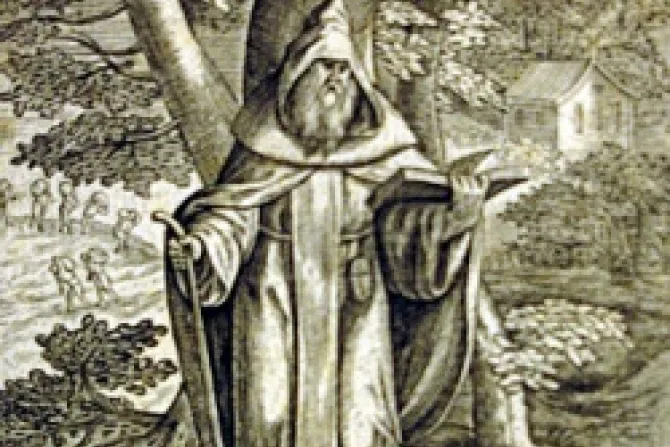Denver, Colo., Sep 9, 2012 / 07:16 am
On Sept. 11, the Catholic Church honors Saint Paphnutius, an Egyptian monk who became a bishop, endured torture for the faith, and participated at the Ecumenical Council of Nicea in its confirmation of Christ's divinity.
While there is no record of Paphnutius' early life, it is known that he – like many other men of his day – became a disciple of the monk Saint Anthony of the Desert, whose direction of a community of fellow hermits marked the beginning of traditional Christian monasticism.
Having spent several years pursuing spiritual illumination in the austerity of the desert under Anthony's direction, Paphnutius was eventually chosen to become a bishop for the Upper Thebaid region.
This placed him in direct conflict with Maximinus Daia, the Roman imperial ruler of Egypt and Syria from 305 to 313, who persecuted the Church in these regions and attempted to undermine it by strengthening the institutions of paganism.


